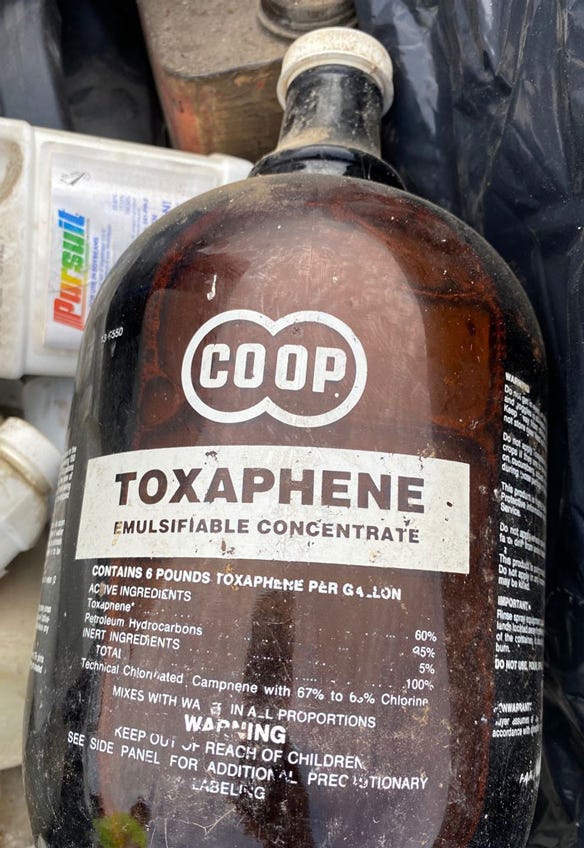
Once you are done spraying on the farm, what happens to your pesticide containers? For some, they are tossed in a corner and found later while cleaning out the shed, while others simply do not know where to go with their used containers or leftover mix.
Sam Polly is the coordinator of the Pesticide Safety Education Program at the University of Missouri. He finds that pesticide disposal is one of those inconvenient tasks that often takes a back seat to the urgent items on the farm.
“Keeping current with storage and disposal will help Missouri set the example in agricultural stewardship,” Polly said in a recent MU-Integrated Pest Management Newsletter.
He offered tips for managing and disposing of pesticide products around the farm:
Buying chemicals. Read the label, determine how much you need now and buy close to that amount. Less volume equals less risk of disposal, release or exposure.
Storing before spraying. Label containers with date of purchase using indelible pen to track product age.
Mixing it up. Use only enough for the job. If you end a job with leftover mix in the tank, ask neighbors if they have a similar pest to treat.
Saving excess. Polly finds that sometimes farmers inadvertently run out of area to spray, or the season ends, leaving you with excess chemicals. Others may switch technology, making last season's product obsolete. He said whatever the reason for excess pesticides, store them in an impermeable secondary container in a locked location.
Disposing of product. Triple rinse, puncture and dispose of empty containers in the trash. Triple rinse means fill the container one-quarter full of water, tightly the close lid, shake, and then empty the contents into the spray tank and count for 30 seconds to completely drain, then repeat two more times. Be sure to wear the required personal protective equipment. Follow all disposal instructions on the pesticide label. “Do not dump down a drain, gutter, toilet or on the ground,” Polly added.
Polly warns farmers to never reuse pesticide containers.
Off-site disposal options
The first step in disposal is to contact your local waste management authority to determine if they can take the material. If they cannot take it, find out if your state has a collection event.
In Missouri, the Missouri Department of Natural Resources holds six free collection events per year. There will be a pesticide collection event from 8 a.m. to noon Aug. 13 at the Missouri Department of Transportation Maintenance Facility. The address is 1031 Jefferson St., Versailles.

CHEMICAL DISPOSAL: Farmers may find bottles such as this around their old shop or barn. These should be disposed of properly, and not just left in the corner for the next generation.
Polly noted farmers should never transport chemicals in the vehicle cab. Also, transport chemicals in an impermeable container with padding to prevent shifting.
To determine if you have a nearby waste collection facility, here are two webpages to check out:
In the absence of a local waste collection facility, the Missouri Pesticide Collection Program provides information on waste collection days and procedures to follow.
For producers who cannot make this event and lack a nearby waste collection facility, Polly recommends storing products in an impermeable secondary container in a locked location until next season.
“Monitor the Missouri Pesticide Collection Program webpage listed above before March and find one of the locations nearest your facility for disposal,” he added.
Here are other pesticide-handling resources:
extension.missouri.edu/publications/wm6000
extension.psu.edu/what-you-need-to-know-about-disposing-of-a-pesticide
epa.gov/safepestcontrol/safe-disposal-pesticides
npic.orst.edu/health/disposal.html
MU-IPM and University of Missouri Extension contributed to this article.
About the Author(s)
You May Also Like






